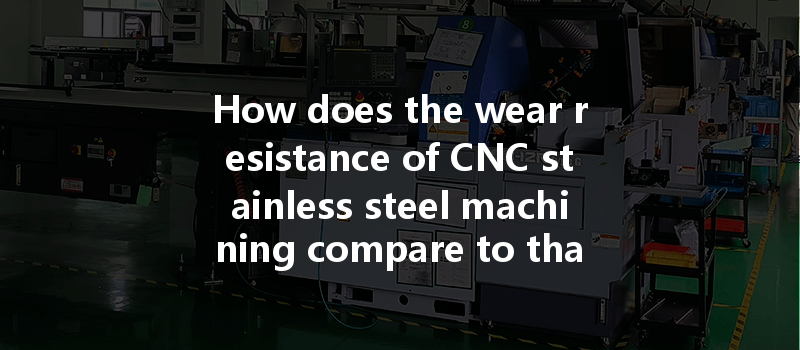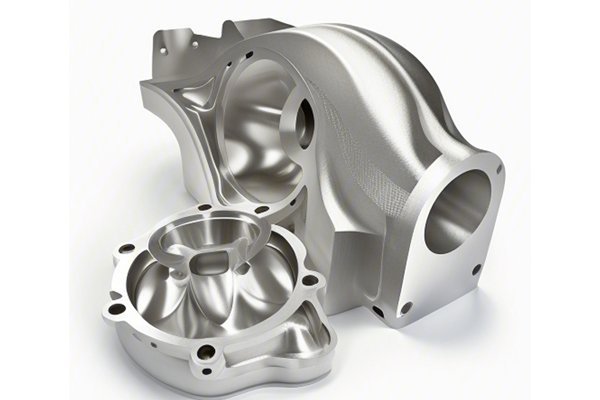: The Battle of Materials
Did you know that the choice of material in machining can impact not just the final product’s performance but also its lifespan? In the world of precision machining, stainless steel and aluminum alloys stand out as popular choices, each with its unique characteristics. A recent industry study revealed that components made from stainless steel can typically exhibit over 50% better wear resistance compared to those made from aluminum alloys. This difference can significantly affect applications in sectors ranging from aerospace to automotive, where extreme conditions and strict performance metrics are the norms.
In this blog, we will delve deep into the comparison between CNC stainless steel machining and aluminum alloy machining, focusing particularly on wear resistance. We will explore the properties of both materials, the implications for machinability and durability, and provide detailed insights into best practices for maximizing performance in your manufacturing processes.
Understanding Wear Resistance
Before diving into the comparison, it’s essential to understand what wear resistance is and why it matters. Wear resistance refers to a material’s ability to withstand mechanical wear, which occurs when two surfaces come into contact and move relative to each other. This property is particularly crucial in scenarios involving friction, abrasion, and sliding.
Materials with high wear resistance tend to last longer, require less maintenance, and provide better performance in demanding environments. Thus, knowing how stainless steel and aluminum react under stress can help engineers and manufacturers make informed decisions.
Key Factors Influencing Wear Resistance
Stainless Steel: The Wear-Resistant Warrior
Properties of Stainless Steel
Stainless steel is known for its strength, durability, and excellent wear resistance. Characterized by its alloyed content of chromium (at least 10.5%), stainless steel forms a passive layer that protects it from corrosion.
Common Grades Utilized in CNC Machining:
Advantages of Using Stainless Steel
Wear Resistance in Practice
In practical applications, wear resistance in stainless steel translates to less frequent replacement and lower operating costs. For example, components like gears, shafts, and high-performance bearings in machines are often made from stainless steel due to their need for minimal wear and tear.
Aluminum Alloy: The Lightweight Contender
Properties of Aluminum Alloys
Aluminum alloys are recognized for their lightweight and excellent machinability. They often exhibit good strength-to-weight ratios and can be formed into complex shapes with high precision. However, when it comes to wear resistance, they lag behind stainless steel.
Common Aluminum Alloys in CNC Machining:
Advantages of Using Aluminum Alloys
Wear Resistance in Practice
Aluminum alloys often find applications where wear resistance is less critical, such as housings, supports, and brackets. They excel in environments where weight is more important than durability. However, applications demanding high wear resistance often lead manufacturers to favor stainless steel.
A Comparative Analysis: Wear Resistance of CNC Stainless Steel vs. Aluminum Alloy

Factors to Consider:
Best Practices for Enhancing Wear Resistance in CNC Machining
To improve wear resistance, you can apply several surface treatments:
Using the proper cutting tools ensures that the machining process does not adversely affect the wear properties:
Adjusting the parameters of CNC machining, such as speed and feed rates, helps in optimizing tool contact and reducing wear on both the machining tool and the workpiece:
Regular quality checks can ensure components maintain their wear resistance:
Choose materials based on their intended application. For high-wear applications, favor stainless steel, while aluminum alloys can be selected for lighter, less demanding components.
: The Right Choice for Your Application
In summary, the comparison of wear resistance between CNC stainless steel machining and aluminum alloy highlights the specialization of each material. Stainless steel stands out as the superior choice for durability and longevity in high-stress applications, while aluminum alloys serve their purpose well in lightweight applications where corrosion resistance and ease of machining are priorities.
By understanding the properties of each material and implementing best practices for CNC machining, manufacturers can optimize their production processes, reduce costs, and enhance product quality.
As you consider your next project, asking the right questions about material selection, machining methods, and desired outcomes will lead to better decision-making and ultimately greater success in your machining endeavors. This kind of foresight is not just about keeping pace with the competition; it’s about setting the pace for innovation in your industry.
Remember, the choice of material can mean the difference between a product that performs well under pressure and one that falters too soon—a thought worth pondering as you move forward in your machining projects.






